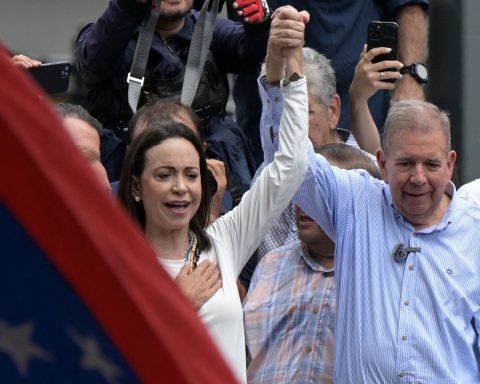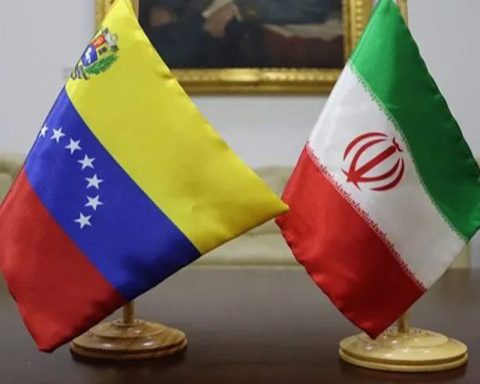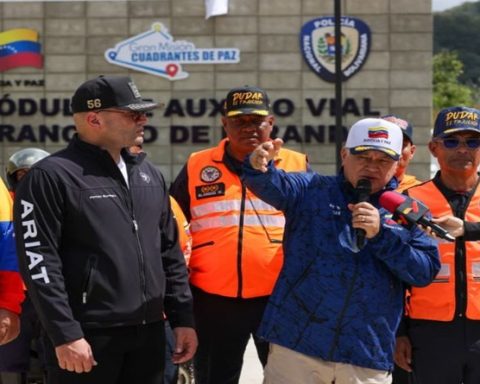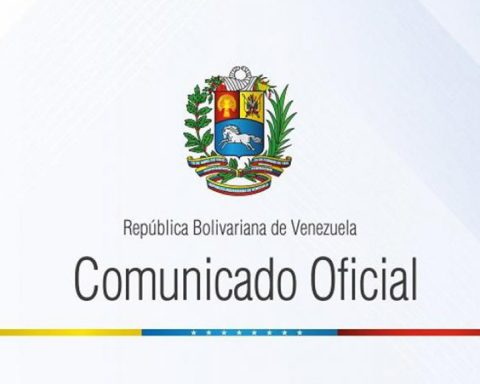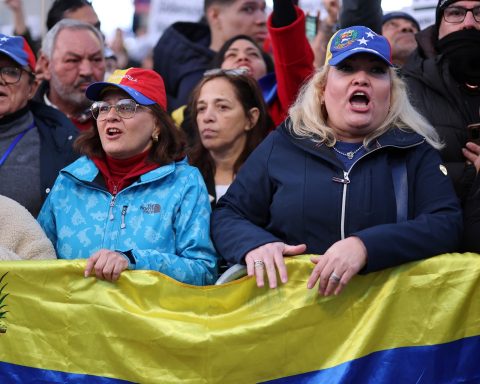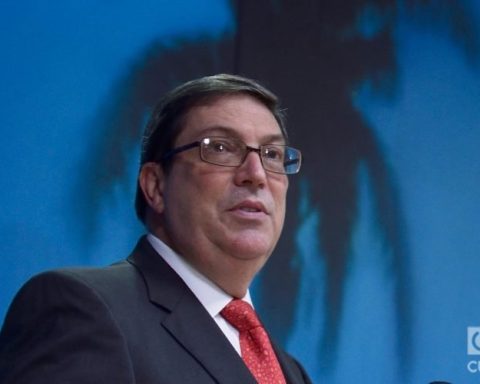Experts maintain that with the OFAC License to the North American Chevron and the possibility of new flexibility to other foreign companies associated with Pdvsa such as Eni and Repsol, Venezuelan production will be able to reach the long-awaited goal of 1 million barrels per day, but in 2025
The license from the US Office of Foreign Assets Control (OFAC) to Chevron will bring benefits to the company but also to the administration of Nicolás Maduro, economic analysts point out. However, they believe that a significant increase in oil production in Venezuela will not be seen for another two years, due to the fact that there are still limitations on the authorization of the Joe Biden government for the North American to expand its operations in the fields oil tankers in which it is a partner of PDVSA.
Among the restrictions that Chveron will still have to operate in the country, the one that stands out will not be able to drill new oil wells, which will put a ceiling on production, at least in the medium term.
Francisco Monaldi, economist and professor at Rice University in the United States and at the Institute for Higher Administration Studies (IESA), indicated that llicensed to Chevron authorizes production in its four joint ventures in conjunction with PDVSA and, basically, investing in maintenance and repair of the fields and other oil facilities. However, “nowhere does it say that it can drill new wells, and this is more restrictive than the previous license, since it did allow it.”
He stressed that most of the wells that Chevron operates through joint ventures can be reactivated with between 500,000 and 6 million dollars (depending on the state of the infrastructure). “There are wells that with little money can produce again”, he highlighted during his participation in the Webinar “Sanctions and licenses related to Venezuela: the Chevron case. Importance of Compliance», organized by the Institute of Higher Administration Studies (IESA).
Neither does the licenseo allows diluents to be used in PDVSA production and does not authorize payment of royalties and taxes to Venezuela, not even in kind (crude), likewise prevents Chevron from buy new areas in existing companies.
Monaldi noted – however – that the license authorizes exports only to the United States and “that makes it much more attractive”, although the European allies will be waiting for the sale of crude oil to Europe to also be allowed.
He also indicated that the authorization raises other doubts, such as the destination of crude oil exports. «WhaWhat happens with the domestic market and with part of the crude being used for refining within Venezuela? At this point there is no clarity. The second question that one asks is what happens with the production that PDVSA took from the mixed companies. Namely, Can the part from Venezuela be exported to the United States, can it be exported to China? I still have doubts about this.”
He considers, however, that the license generates benefits for the Maduro administration, since the US market is the most profitable for Venezuelan crude, due to lower transportation costs and a discount of perhaps 10 dollars per barrel. “C”any export is profit, because it will be at a better price and Chevron will bring money into the country, albeit in a limited way. Maduro has great difficulties selling, and this gives him an opportunity. ANDThis is perceived by all as just a first step, because the current situation is not sustainable.
He stressed that the benefits for Chevron are clear, Pdvsa owes between 2,000 million and 2,400 million dollars to the North American oil company for their joint operations, so the license makes it possible to meet this commitment at a time when prices remain significant and the profitability is high.
Monaldi recalled -in any case- that the production of the Chevron and PDVSA joint ventures is very low, so investment is required to raise this figure.
«In the Orinoco Oil Belt, almost 50 thousand barrels per day are produced in Petropiar and Petroindependencia. In Petroboscán there is a idle capacity, but it can be increased to between 30,000 and 50,000 barrels per day, to reach a total of 70 thousand. LThen you have to invest to try so that Venezuelan production can reach 900,000 barrels per day,” he said.
The IESA professor stressed that if new licenses similar to Chevron’s are approved, these projects could add 30,000 to 80,000 b/d to production “and thus in 2025 we would be reaching one million barrels per day. If there are no new licenses we would be in limbo.
*Read also: Venezuela’s oil production remains stagnant after falling in November
A not so clear 2023
In the opinion of the director of the consultancy Síntesis Financiera, Tamara Herrera, the recent license to Chevron generates, within the country, an incentive that can be used to advance in negotiations of great importance. «for the winds of economic stability that is sought and especially in a year of possible electoral campaign.
Likewise, from the point of view of financial contribution, it estimates a favorable scenario because if all the production of the mixed companies is sold, it calculates revenues of between 1,800 million and 2,000 million dollars in 2023, with a price per barrel of oil for Chevron of $52, approximately, and $48 for PDVSA, since the barrel of Brent crude is estimated at an average of $98 dollars.
“Part of these resources could be sold in the Venezuelan exchange market given Chevron’s need to pay internal commitments in bolivars. We calculate that 140 million dollars would be added to that small market of the exchange tables in the country of 350 million dollars a month. On the other hand, if only the crude that belongs to Chevron due to its ownership in the joint ventures is sold, then the annual contribution will be 600 million dollars a year,” Herrera explained at the forum organized by IESA.
He noted that if the political advances and dialogue that allowed the license are stopped, the total production of Venezuela would stagnate and begin to fall towards the end of 2023 due to the difficulties for its sustainability.
Financial Summary projects the value of oil exports for 2023 at $10,000 million and expects that 75% of these resources will generate cash flow ($7,500 million). This is important for the sustainability of the foreign exchange market, because the way out of hyperinflation was with the sale of currencies at the exchange tables, this role has been increasing since mid-2021 and the market has been contained. But throughout 2022 the contribution of this containment has been greater to the point that we calculate that 3.6 billion dollars will be spent this year.
Herrera wonders if in 2023 the sale of foreign currency to banks should be activated much more and if PDVSA will take a greater role in this market. “If this stabilization scheme, already worn out, is to be imposed, at least 4,000 million dollars is required. Next year will be very challenging because the value of exports may fall due to disinvestment in the oil industry.”
Post Views: 79

